Welcome to the Janison Academy help portal
Design
Templates determine the layout of Course pages and Panels as well as Catalogue Items.
To access Templates select Design > Templates.

Content Layout Templates specify the layout of a Learning Module page. For example, 30 + 70 over 100 means that the Page is split horizontally, then the top half is split vertically with a 30:70 ratio:

You can read more about how Content Layout Templates are used in a module in the document on Add a Page to a Learning Module.
The Content Layout Templates are listed when you are adding a new Page.
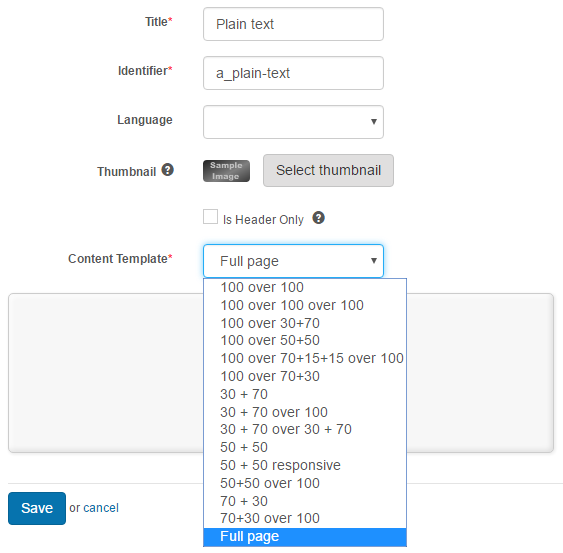
You can create your own Content Layout Templates.
Browse to Design > Templates


A rectangle with + icons will appear.

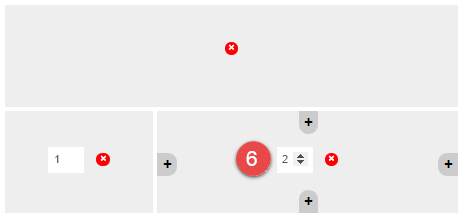
You can delete a panel using the icon.
icon.

When the Template has been saved it will be available as an option when creating a new Page in a Learning Module.

Note: Program Templates changed in August 2016, release 1606 . This article is only relevant to existing Janison clients who previously set these templates in their Catalogue Items. In future, a 1-size-fits-all template and will be replacing the templates listed below. The new template will be assigned automatically to new Catalogue Items created.
Program templates are linked to Catalogue Items and determines how a Catalogue Item display. The Program Template options can be viewed by navigating to Design > Templates and accessing the Program tab.
There are three global options available. The difference between these are outlined below.

Singular Asset – should be used if there is only one Learning Asset. For example a Learning Event or a Trackable Document (video, image etc.).
Default Vertical – used if there are multiple Learning Assets linked to a Catalogue Item. The information is displayed in a list format.
Default Vertical (opens in new tab) – designed to be the same as above but launches the selected Learning Asset in a new tab.
Custom-designed Program Templates created to meet specific client needs are possible however they need to be developed by the Janison team.
Before you can select a Program Template it is important to ensure the right Settings have been activated.

Activate the following by checking the box.
When this is turned on you will be able to see the three global program templates in the drop-down menu of the edit page for the Catalogue Item.

This will allow Ratings, Comments and the option to Recommend to a Colleague on the Singular Asset Program Template.

The option to select a template appears in the Catalogue Item edit page.
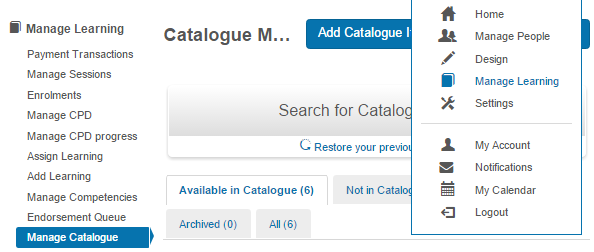
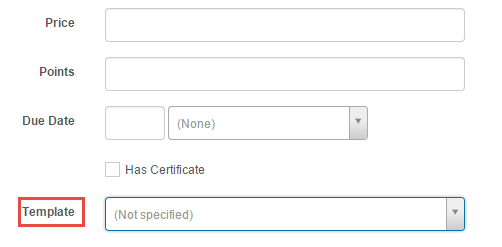
Has many detailed features including:

Note; if Singular Asset is chosen but there is more than one Learning Asset in the Catalogue Item the page will still load. It will display the top Learning Asset from the list only. A list of Assets will not be produced.
Features displayed:

As above but opens Learning Asset in a new tab.
Navigate to Design > Templates.
Select Export Content Templates from the Actions drop-down menu.

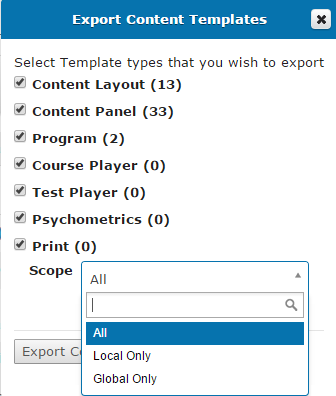
Additionally content templates can be imported. To do so navigate to Design > Templates.

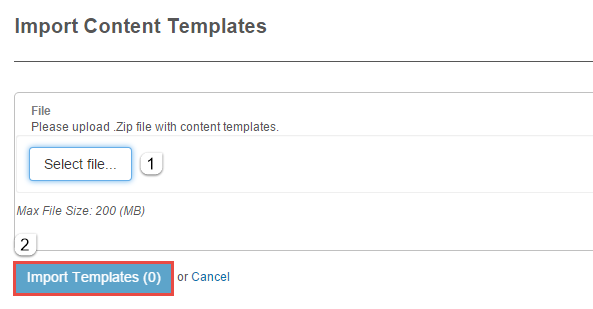
1300 857 687 (Australia)
+61 2 6652 9850 (International)
ACN 091 302 975
ABN 35 081 897 494
© 2024 Janison
Janison acknowledges the traditional owners of the land on which we work and meet. We acknowledge the continuous care of the land, animals and waterways. We pay our respects to Elders past, present and emerging.